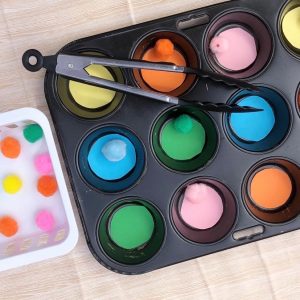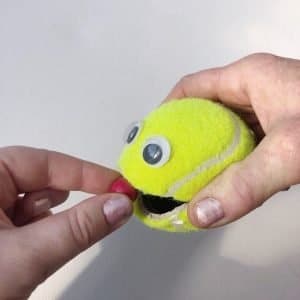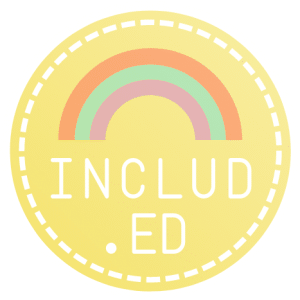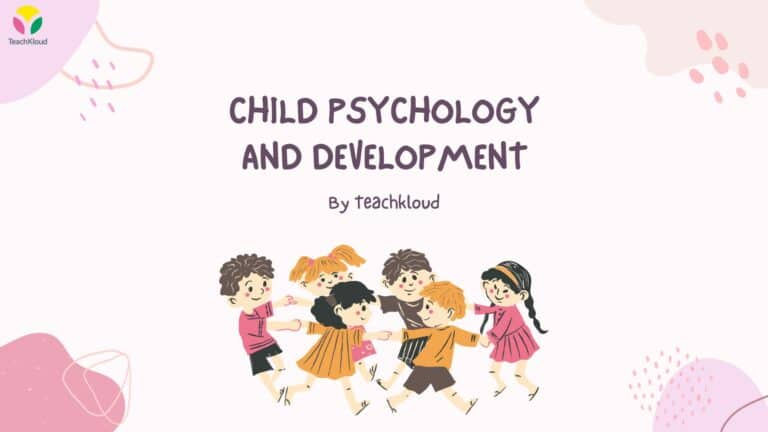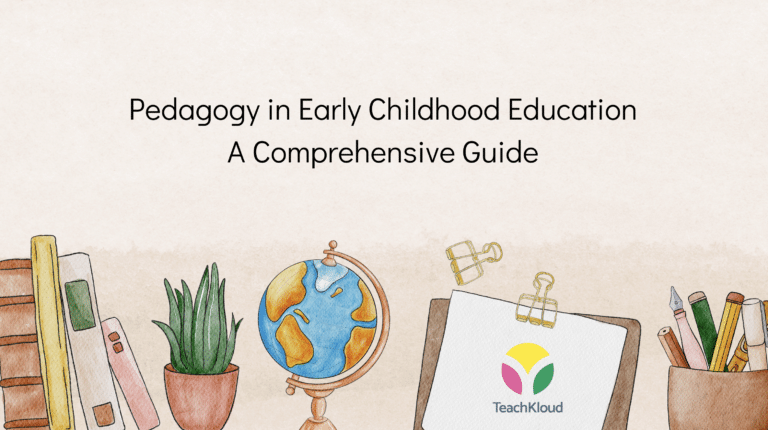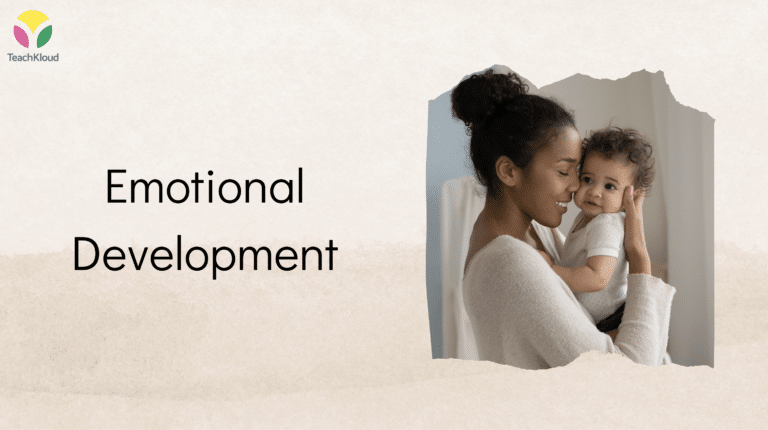Meeting your child’s needs doesn’t always have to be expensive
‘Creating resources for your child on a budget’
Written by Includ.ed
Every parent, teacher or guardian wants to meet the needs for their children, whether it be sensory needs, academic needs or wellbeing needs, it doesn’t have to be as expensive as you think. A simple trip to a hardware store, a craft store, or even a look around your house; you can easily make something that supports your child and that is extremely inexpensive. There are many sensory and academic products out there on the market that are quite costly but can be recreated for a quarter of the price at home. At INCLUD.ED we love making activities with items found around the house. Not only does it make is easier for parents and educators to create an activity, it is also usually an inexpensive and more sustainable option. We have four at home examples of resources that you can make make that might assist your child in their everyday needs.
The first two resources are to assist with a child’s sensory needs.
Sensory bottles/tubes:
Sensory bottles or sensory tubes assist with self regulation and help with calming a child or adult, it is also very visually stimulating. Instead of paying a lot of money to purchase one why not create your own? It is super simple and doesn’t require much materials or time. All you need is a clear plastic bottle some oil, water, glue, glitter, pom poms and food colouring. Put ¾ water in the bottle with 2 tablespoons of cooking oil. Add in some food colouring, pom poms and glitter. Hot glue gun the top so it’s safe and secure. There you have it, a calm and soothing resources to assist a child with their emotions and visual stimulation.
Sensory board:
Sensory board is a tactile resource that creates an environment that encourages children to explore different textures, sounds and cause-and-effect actions. Sensory walls are heaps of fun but can be a lot of money, so creating a sensory board yourself is an easy and cost effective option. All you just need is a base, hot glue gun and items to attach. You can search the house or the local bargain store to find tactile items that have different textures such as sponges, beads, or fabric you can also you can add in items such as light switches, locks and chains. All these different elements create an educational experience that a child can explore safely while receiving the sensory input they need.
The next two resources are to assist with a child’s fine motor skills.
Muffin tray:
By using a muffin tray and kitchen tongs you can create a fine-motor sorting task. All you will need is a muffin tray, kitchen tongs, items to sort and paper to line the muffin trays (optional). This task is also very versatile and can work on a range of different skills, for example; line the muffin tray with different colours and the child has to use the tongs to pick up coloured items (pom-poms, bottle lids, or any other coloured items) and sort them into the correct colour in the muffin tray. To work on the skills of counting, line the muffin tray with different numbers and the child has to pick up the correct amount of items with the tongs and place them in the correlating number in the muffin tray. This task could also be done without anything lining the muffin trays and can simple just be a fine motor activity where the child transfers items with tongs from a container to the muffin tray.
Create an engaging fine motor activity with a simple tennis ball that you probably have laying around in your backyard right now. The Tennis Ball Monster is an activity that not only works on children’s fine motor skills, in particular hand strength, finger isolation and hand-eye ordination, it also can be adapted to work on a range of concepts in multiple curriculum areas.
Firstly, you need to make the Tennis Ball Monster by cutting a slit in a tennis ball to create a mouth, then add other features of the monster by gluing on googly eyes or drawing on facial features. To use the Tennis Ball Monster the child must hold it in one hand and squeeze to make the mouth open. With the other hand the child can feed the monster different items. To work on the skills of alphabet identification you can use magnetic letters or any other alphabet toys you have around the house, and the child has to find the letter named by the adult and feed it to the Monster. This can also be done with numbers. To work on the skills of money identification, use coins to feed the monster following the verbal direction of an adult e.g. “feed the monster $1”.
This activity can also be a simple counting activity using manipulatives found around the house such as: paper clips, pom poms, marbles, jelly beans etc. Simply ask the child to feed the Monster an amount of the chosen object, e.g. “feed the Monster 5 Jelly beans” and the child will count out the objects and feed it to the Monster.
Creating resources for your child on a budget is more simple than you would think. It is easy to think you need to purchase the most expensive product on the market for it to be effective, but in a lot of cases that is not true. There are many products that can be recreated at home for a fraction of the price that still work on the same skills and give your child the same sensory input they need. For more ideas and inspiration please visit us at INCLUD.ED on Instagram.
Author Bio
Includ.ed was created by two Australian special needs teachers Lucy and Emily in early 2020. They both have a huge passion to create awareness and acceptance of inclusive learning environments. Includ.ed features ideas, activities, strategies and resources that can assist and engage children of all abilities.

